When video surveillance pays more and more attention to HD, people pay more attention to the monitoring system from the whole to the details. For example, users no longer only pay attention to the surveillance camera, but whether the surveillance lens and chip processor support low illumination, wide dynamic and other functions. If you want to monitor the image more perfectly, you need to start with the "head". Understand the monitoring imaging effect through the monitoring lens.

The material of the monitoring lens not only affects the life of the lens itself, but also has a great impact on the image quality of the whole monitoring system. Lens shell material, joint gear and lens have a direct impact. If the material quality is inferior, the lens is easy to be "corroded" in the open air, and the light transmittance of the lens affects the image quality.
For different monitoring lenses and lenses, the production and main monitoring lenses are classified. Compare the characteristics of different monitoring lenses and how to select the monitoring products that are suitable for you during use.
Spherical and aspheric monitoring lens
In terms of appearance, many monitoring lenses adopt spherical design, which is also a very mainstream lens product at present. However, due to optical and physical limitations, the light entering from the edge of the lens cannot be focused into a point in the center, especially when the zoom lens is adjusted to the maximum aperture or ultra wide angle. In order to avoid the problem of "focusing", although the monitoring lens is spherical in appearance, aspheric lenses are used in the lens.
Surveillance camera lens
Lens manufacturers focus on three aspects: sharpness, lighting and image. For users, these three aspects are also the standards for testing their performance. Due to its complex materials and equipment, the megapixel lens needs strict assembly process and quality control procedures.
In addition, there is an aspherical lens. The front group of the lens uses large-diameter molded aspherical lens and the rear group molded aspherical lens, which can correct the focus error and cross angle dispersion of the edge and reduce the ghost effect.
Extra-low dispersion
In addition to changing the "structure" of the lens, there is another way to improve the image clarity by changing its light transmission mode. I wonder if you have heard of (ultra) low dispersion lenses, which can effectively solve the dispersion problem. For telephoto monitoring, it is very necessary to solve the dispersion problem. Because different light source wavelengths are different, the refractive index of the lenses is also different, which will also cause dislocation errors.
The ultra-low dispersion lens can eliminate the double dispersion caused by color distortion, because the ultra-low dispersion lens can correct the color, improve the overall picture quality and eliminate the reduction of focus error, so that the far and near photographic lens can capture clear and sharp images.
In addition to this popular ultra-low dispersion lens, there is also a "high refraction, low dispersion" lens, which is generally suitable for wide-angle lenses. The low dispersion lens of this new mode has higher quality optical glass, so it will have higher refractive index and lower dispersion characteristics, and it is less prone to produce transverse color difference than ordinary optical glass.
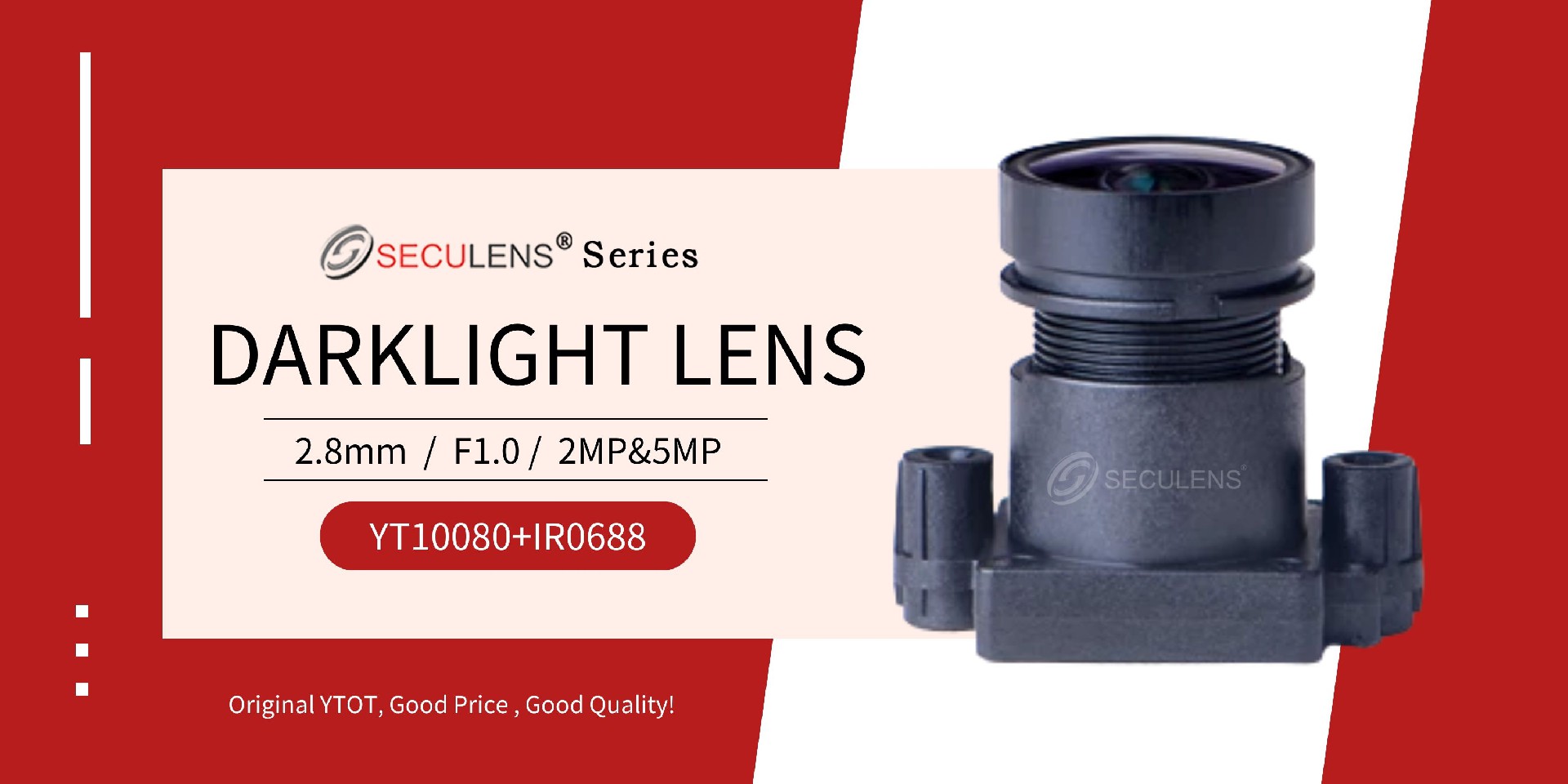
Multi layer coating reduces light energy loss
Any object can reflect light, and the monitoring lens can not be avoided. In order to make the lens more transparent and reduce the loss of light energy, the current more advanced method is to choose multi-layer coating. After verification, the multi-layer coating can even let more than 99.5% of the light completely pass through the monitoring lens. With the multi-layer coating monitoring lens, the final image quality is also improved.
As for the monitoring lens and its function, it is not only the material of the lens, but also the light transmission principle of the lens. In order to meet high-definition imaging, these lens manufacturers have made efforts. As for which lens your HD system chooses, the price and demand should also be comprehensively measured.
The material of the monitoring lens not only affects the life of the lens itself, but also has a great impact on the image quality of the whole monitoring system. Lens shell material, joint gear and lens have a direct impact. If the material quality is inferior, the lens is easy to be "corroded" in the open air, and the light transmittance of the lens affects the image quality.
For different monitoring lenses and lenses, they are classified according to their production and main monitoring lenses. Compare the characteristics of different monitoring lenses and how to select the monitoring products that are suitable for you during use.
Spherical and aspheric monitoring lens
In terms of appearance, many monitoring lenses adopt spherical design, which is also a very mainstream lens product at present. However, due to the optical and physical limitations, the light entering from the edge of the lens cannot be focused into a point in the center, especially when the zoom lens is adjusted to the maximum aperture or ultra wide angle. In order to avoid the problem of "focusing", although the monitoring lens is spherical in appearance, aspheric lenses are used in the lens.
Surveillance camera lens
We focus on three aspects of the lens: sharpness, lighting and image. For users, these three aspects are also the standards for testing their performance. Due to its complex materials and equipment, the megapixel lens needs strict assembly process and quality control procedures.
In addition, there is an aspherical lens. The front group of the lens uses large-diameter molded aspherical lens and the rear group molded aspherical lens, which can correct the focus error and cross angle dispersion of the edge and reduce the ghost effect.
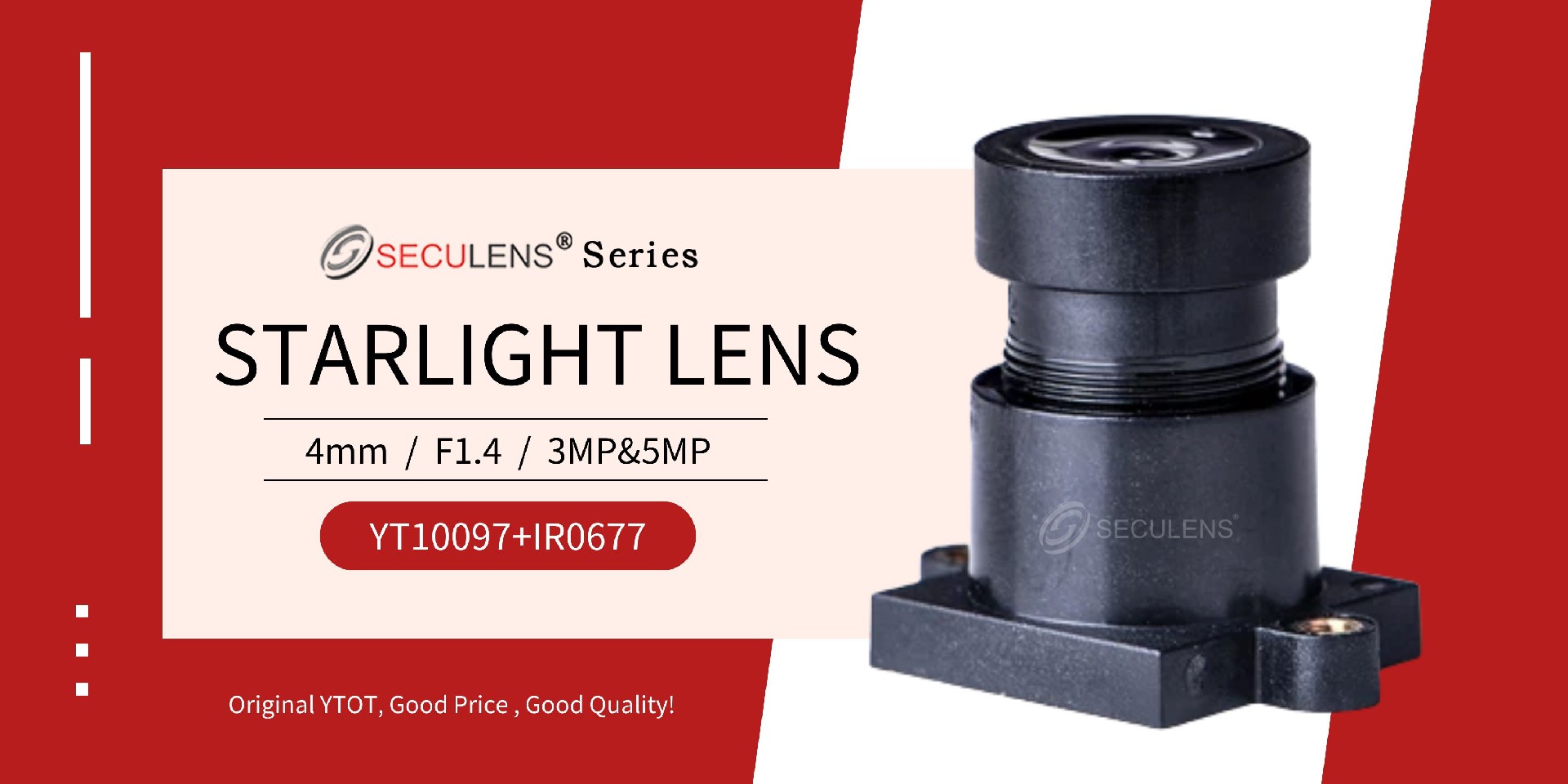
Extra-low dispersion
In addition to changing the "structure" of the lens, there is another way to improve the image clarity by changing its light transmission mode. I wonder if you have heard of (ultra) low dispersion lenses, which can effectively solve the dispersion problem. For telephoto monitoring, it is very necessary to solve the dispersion problem. Because different light source wavelengths are different, the refractive index of the lenses is also different, which will also cause dislocation errors.
The ultra-low dispersion lens can eliminate the double dispersion caused by color distortion, because the ultra-low dispersion lens can correct the color, improve the overall picture quality and eliminate the reduction of focus error, so that the far and near photographic lens can capture clear and sharp images.
In addition to this popular ultra-low dispersion lens, there is also a "high refraction, low dispersion" lens, which is generally suitable for wide-angle lenses. The low dispersion lens of this new mode has higher quality optical glass, so it will have higher refractive index and lower dispersion characteristics, and it is less prone to produce transverse color difference than ordinary optical glass.
Multi layer coating reduces light energy loss
Any object can reflect light, and the monitoring lens can not be avoided. In order to make the lens more transparent and reduce the loss of light energy, the current more advanced method is to choose multi-layer coating. After verification, the multi-layer coating can even let more than 99.5% of the light completely pass through the monitoring lens. With the multi-layer coating monitoring lens, the final image quality is also improved.
As for the monitoring lens and its function, it is not only the material of the lens, but also the light transmission principle of the lens.
2022-06-15 16:48:12
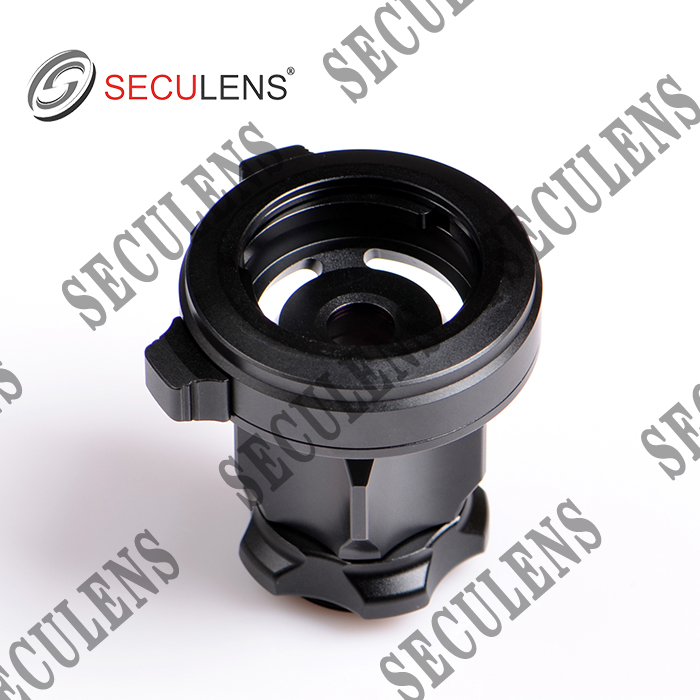
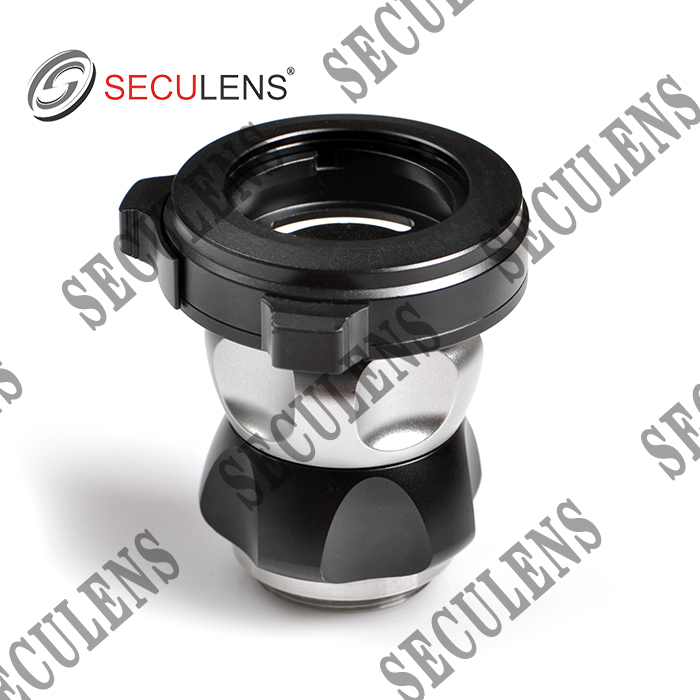
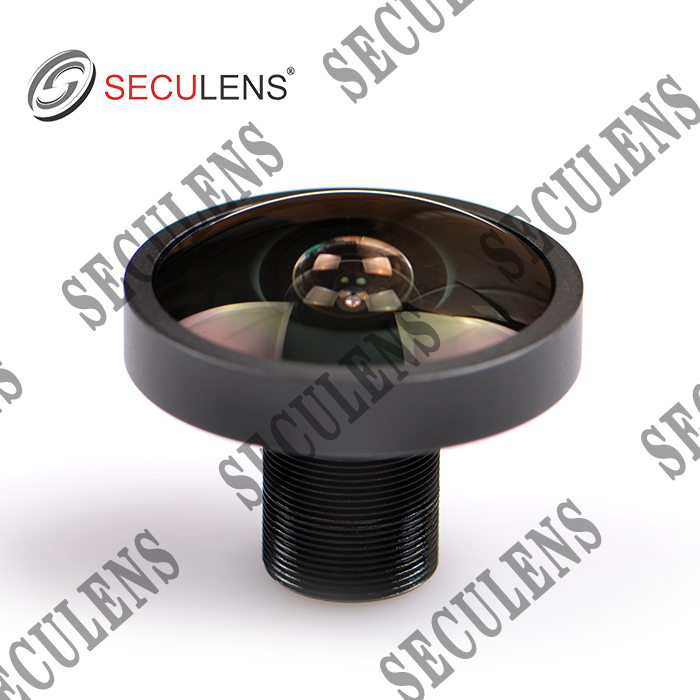
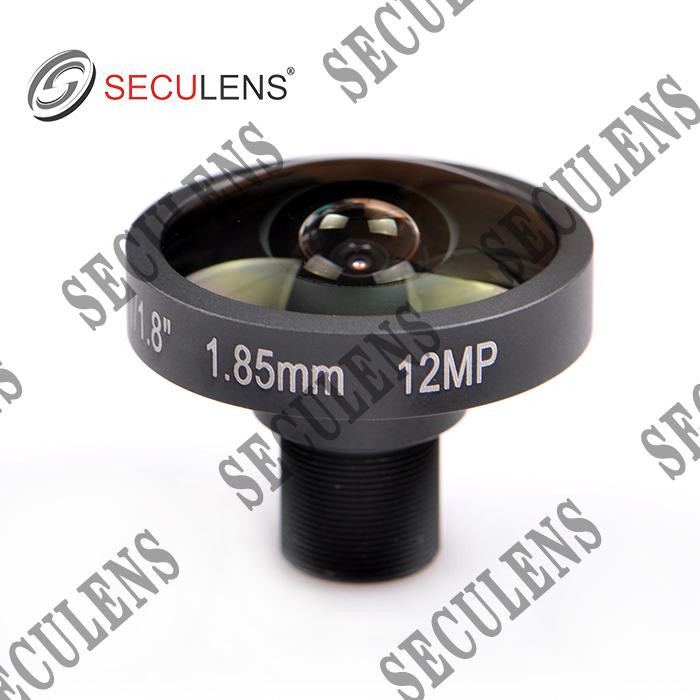
Fisheye lens 1.85mm FT1085 12MP
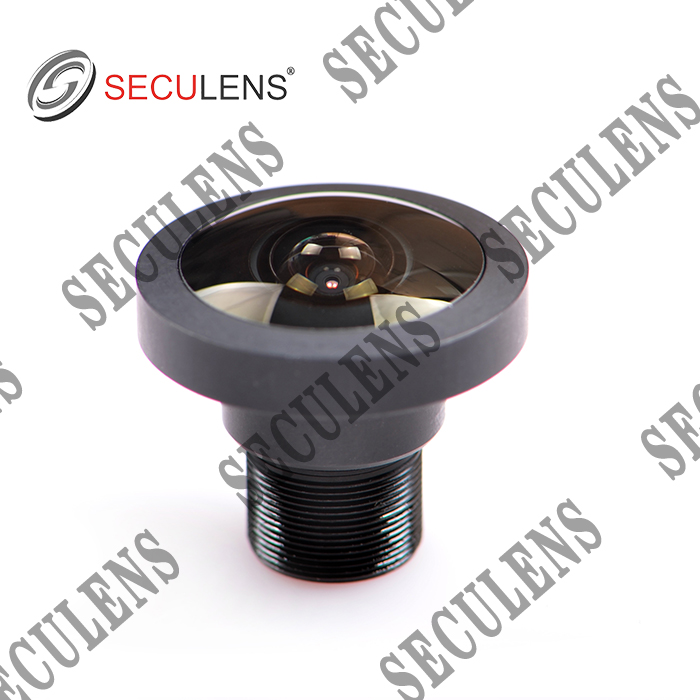
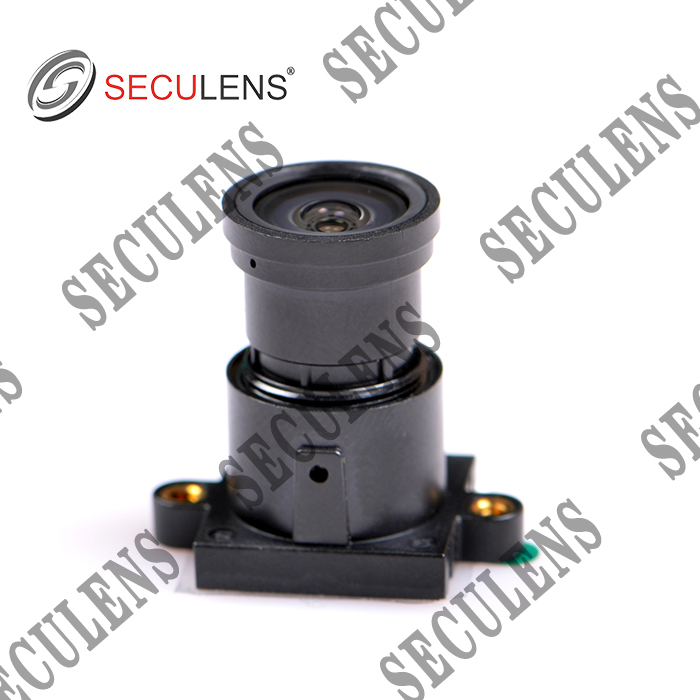
Starlight Lens 2.8mm 0357
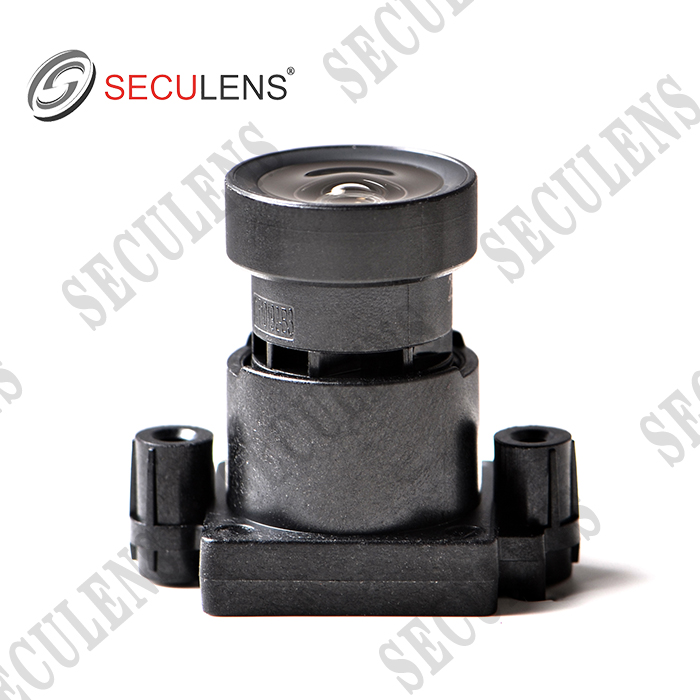
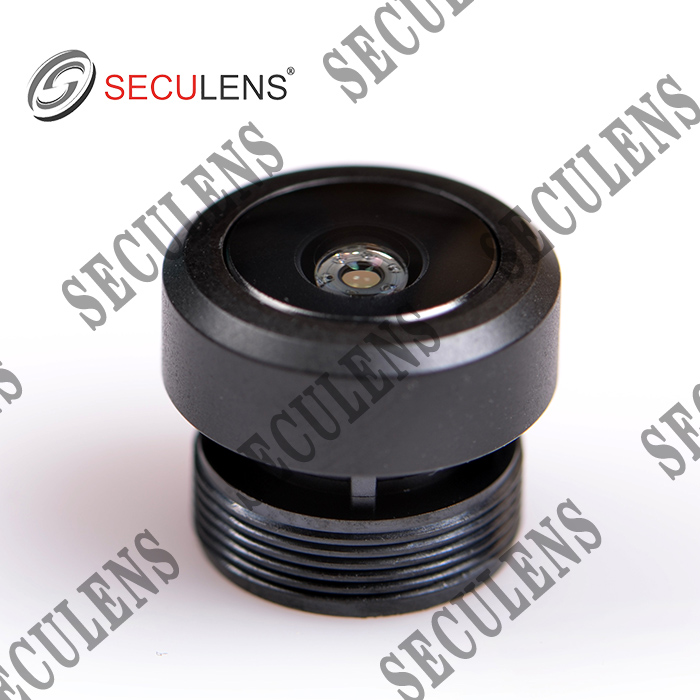
Car Lens 2.6mm SECU8204
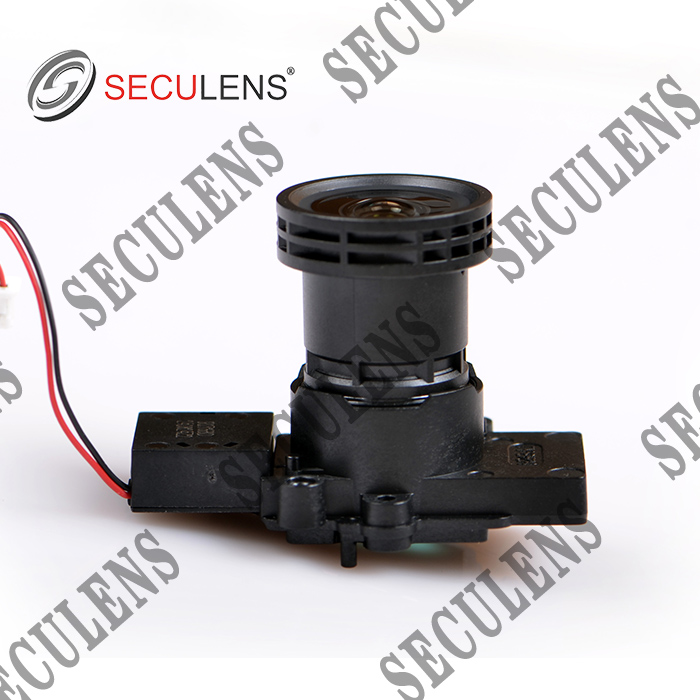
Darklight Lens 10207-8MP+H243+IR0316 4mm 1/1.8"
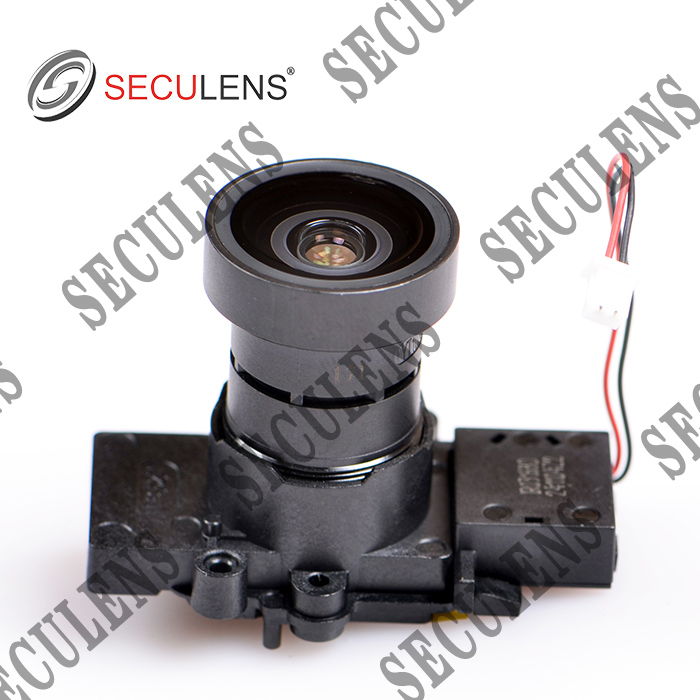
Darklight Lens 10206-8MP+H243+IR0316 2.8mm 1/1.8"
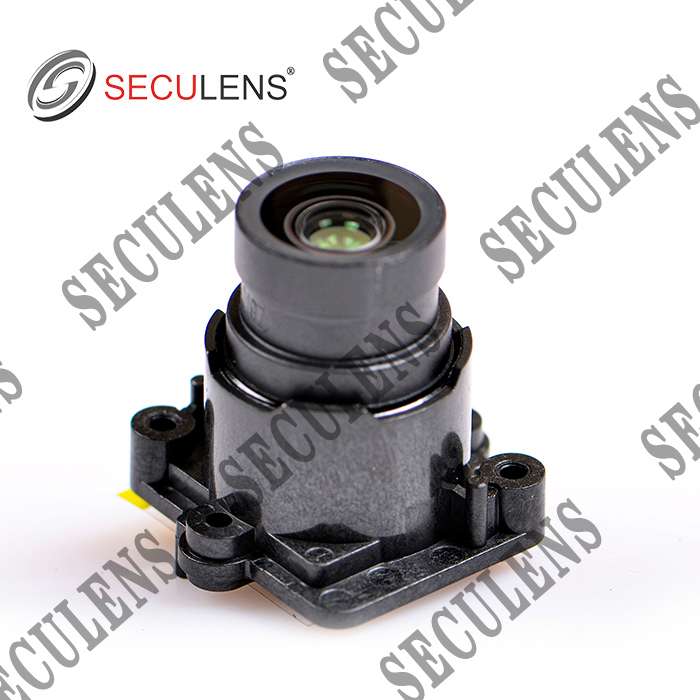
Darklight Lens 10197+IR06312 2.8mm 1/1.8"
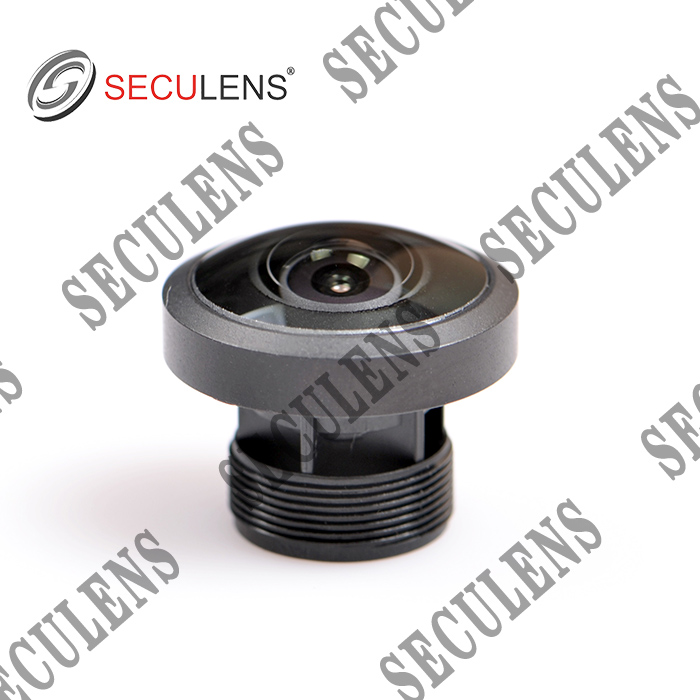
Fisheye lens 1.8mm 5MP 5185
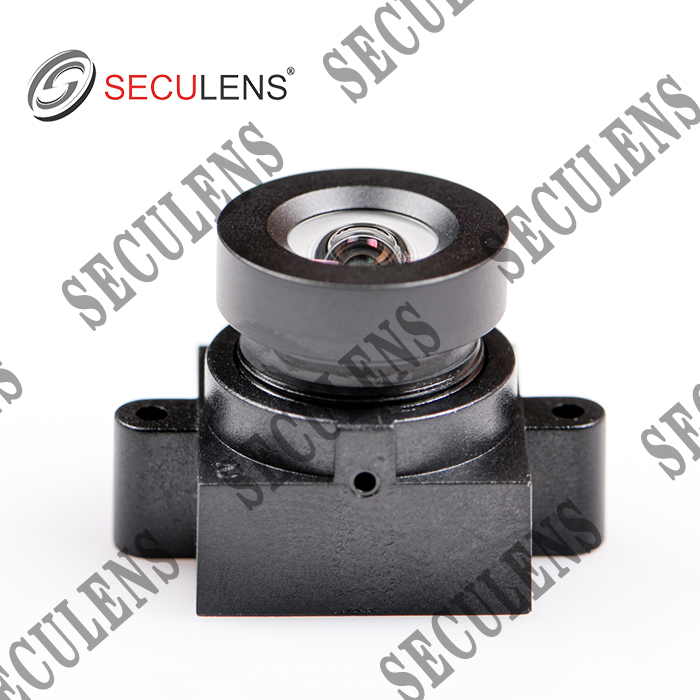
Distortion Free Lens 3526 3.2mm TTL:15.5
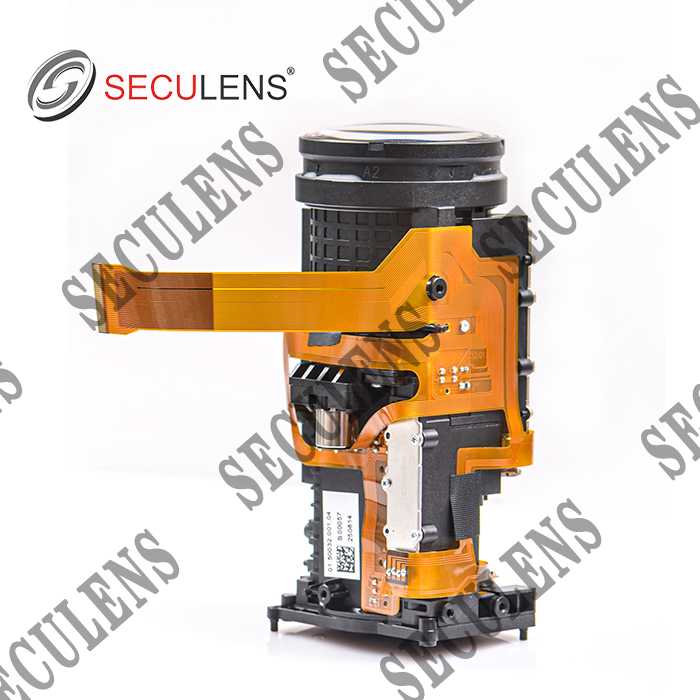
Integrated machine 6-192MM S64192-32YT 30X
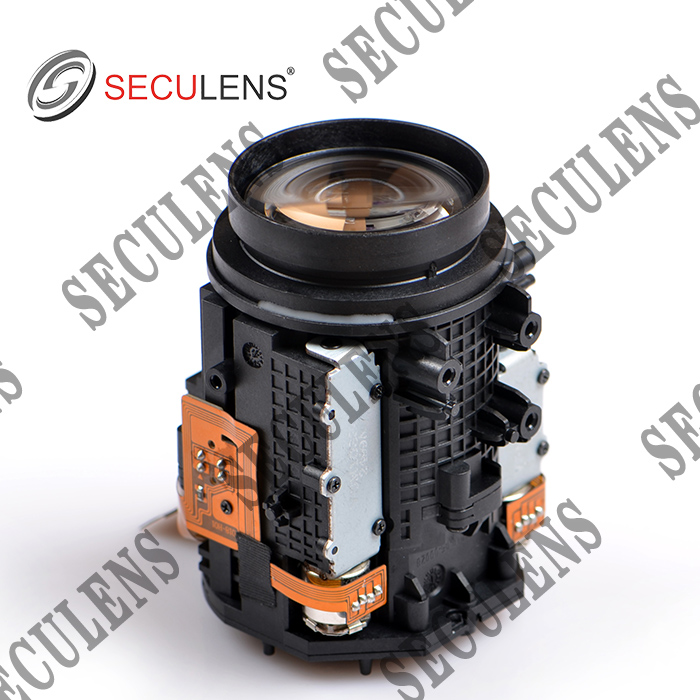
Integrated machine10-40MM S1040-18YT 4X